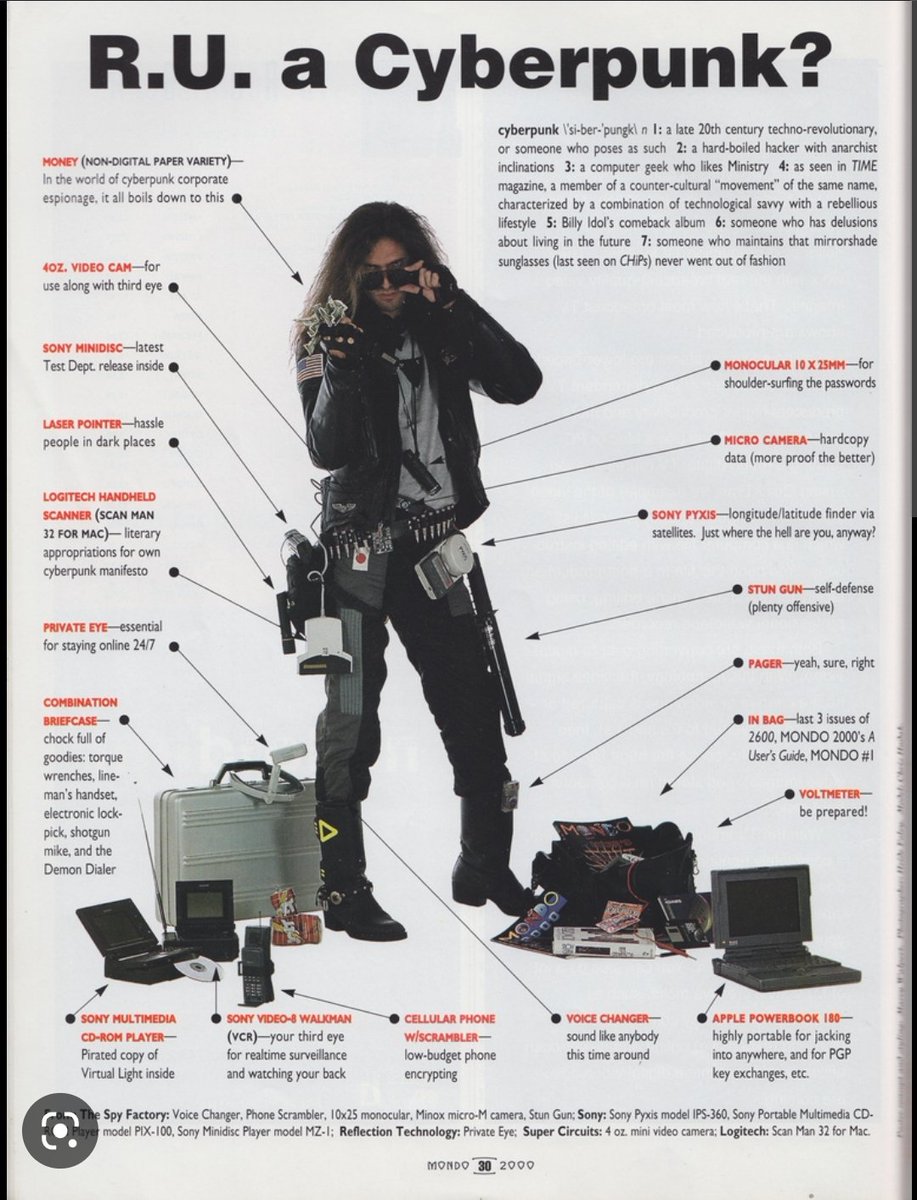
Day 2 of @SHaptics kicks off with an overview of Smart Socks from @SensoriaInc, tracking gait for rehabilitation (no #HapticFeetback tho?). Privacy concerns & data sharing addressed early on. 

Text in slide showing a sock with fingers pinching it: 1) comfortable and washable, 2) three textile pressure sensors embedded into plantar area, 3) sensoria cute possessor, imu, rechargeable battery and Bluetooth
I spoke too soon! Sock 3.0 uses haptics to help Parkinson's patients avoid falls. #HapticFeetback helps with freeze of gait (FOG) events responsible for falls.
Parkinson's patient in video: "it feels like my legs are deaf, the signal just doesn't get there". Haptics somehow counteracts that effect.
Next up: Richard Vincent (Fundamental VR) discussing the role of haptic feedback in surgery to achieve "pre-human competence" (cc @jsnrchr).
Adding haptics improved success of surgical training, but development involved challenges: how to represent human anatomy in surgical simulation? Different representational models for image rendering vs accurate touch rendering.
Focus on developing a haptic SDK allowing "anyone to build experiences without the need to write any haptic code," effectively deskilling the process of creating haptic content (identified as a consistent challenge for the field).
Ok now we're getting the Haptics 101 lecture in an advanced PhD seminar, this is funny.
Running through all the reasons we'd use haptic feedback, this is straight from the 1950s: reduce load on the other senses, sensory substitution, discrete channel.
Talk by Guus de Hoog from Elitac Wearables is a little bothersome for the way it claims sensory substitution systems work well for their users. Widely disputed both w/ image & sound substitution using vibration. For ex, this response to Sound Shirt.
link.medium.com/LBV8ZqS7Avb
link.medium.com/LBV8ZqS7Avb
Haptic feedback is a hammer, everything is a nail!
BY THE POWER OF HAPTICS
Nick Colonnese from @Meta up now, discussing haptics in the, urg, metaverse, running through a range of challenges related to VR haptics (no reason other than marketing for using the m-word here, this same talk was "haptics in VR" last time I saw it...
Anyway...3 challenges: 1) actuation, 2) wearability, 3) perceptual understanding. There's no acknowledgement of Meta's ethical issues/why we'd trust them with our hands.
Fantastic question from Hong Tan: will we ever have a general-purpose haptic device or is it just time to give up on that dream? Will we ever have the haptic version of a monitor & speakers? Damn.
Nick is so far away product development (a self-described egghead closer to an academic researcher), so doesn't know which devices under development will make it to market. @EricVezzoli: will you make any of these designs open source?
Taking this chance to slide my piece on Meta's prototype haptic glove into the thread bc I think these ethical issues need to be addressed at early stages & those questions aren't being asked here.
reallifemag.com/cant-touch-thi…
reallifemag.com/cant-touch-thi…
Nick predicts, 10 years from now, spending 1/2 of his awake time in the metaverse, ummmm have fun with that.
Tyler Gibson (@magicleap) makes the point that depending on how we define the term, we've been in the metaverse for 15ish years & this was a smart point but also why it's a garbage term.
Gibson: smartwatch haptics need to go from 1 bit to 3-4 bits and... we're definitely already there, just no formalized/standardized language.
I have one wish with this conf: more acknowledgement of social histories of technology & that predictions about future tech are also social & cultural predictions.
"The social" is reduced to products & markets. Which maybe is to be expected at an industry conf, but also what happens when engineers run an industry (not unique to haptics but still...).
Hong Tan killing it again: "we don't really know how to talk to touch. Still." Damn.
Nick: trading TV time for VR time would be a huge win...but why is TV bad? And reminded of Arthur C Clarke's quote from the back of @hrheingold' Virtual Reality: “Virtual Reality won’t merely replace TV. It will eat it alive.”
Robert Desautels from @dboxtech up now, explaining how they integrate haptic feedback into games, custom effects added to games, varies based on gaming scenario. 



Feedback from games is adjustable, can tweak motion & vibration independently.
The @dboxtech designers all have audio/music backgrounds, skills translate to haptic effects banks design.
100-200 hours of labor to encode haptics for a 2-hour film.
Closing out the conference: @jas_x_flowers on chemical interfaces, aka the truly neglected senses. This is the wildest research of the conf. 

(left image is Heilig's Sensorama, right is Meta's haptic glove prototype, neither are chemical interfaces obv)
Multimodal display: can produce temperature sensations & also blend in smell.
"Chemesthesis": "the sensitivity of mucosal surfaces to environmental chemicals", enables what @jas_x_flowers & @xjasminelu are calling "chemical haptics".
• • •
Missing some Tweet in this thread? You can try to
force a refresh






